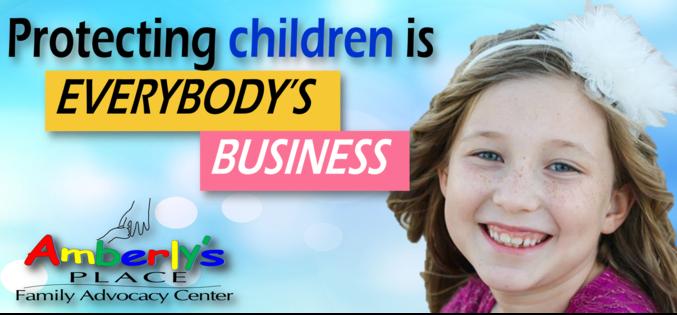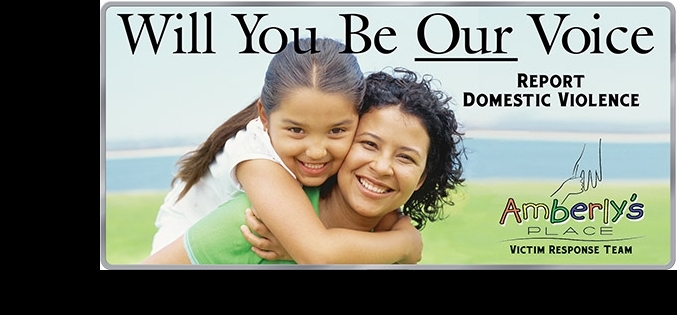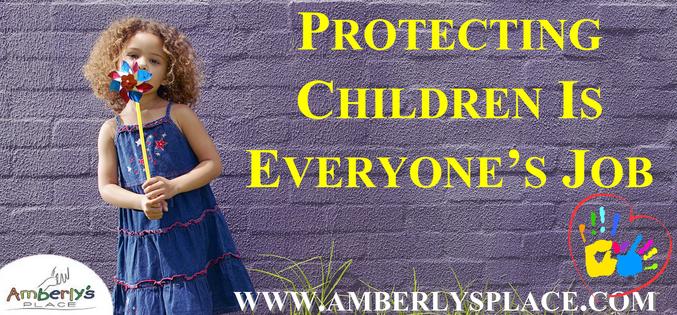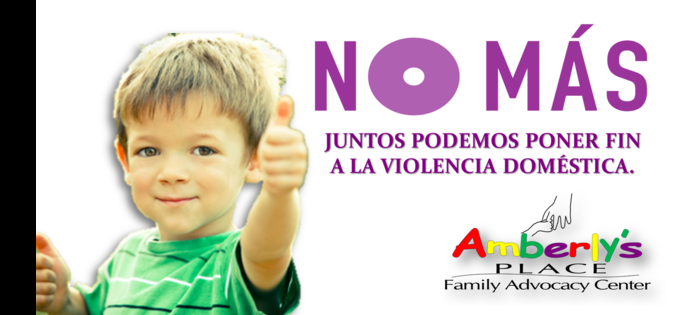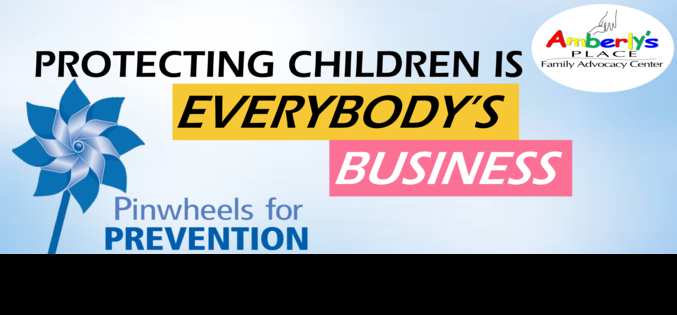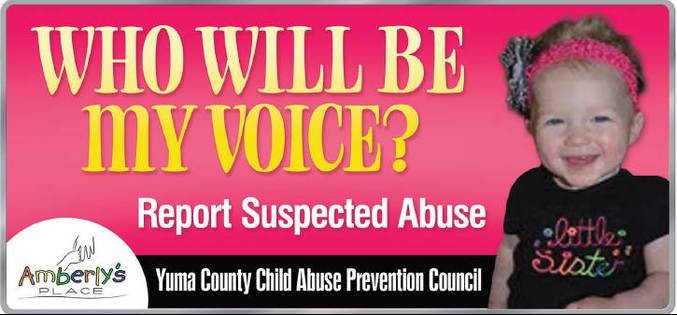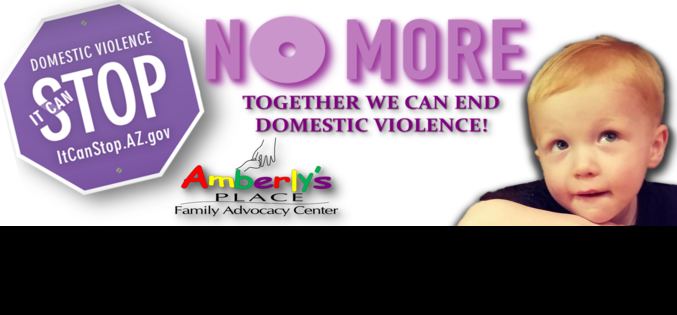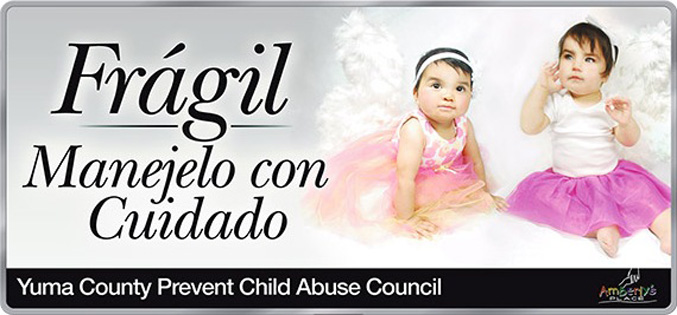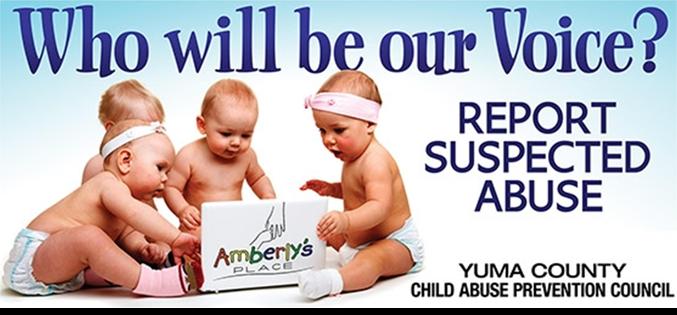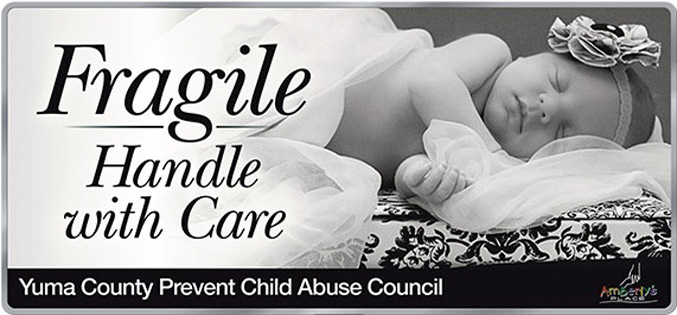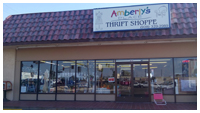Child Abuse Prevention Starts With Each One Of Us. Break the Silence, Take a Stand: Combatting Child Abuse Together
Child Sexual Abuse
- One in four girls and one in six boys will be sexually abused before they turn 18 years old.
- 94% of people who sexually abuse a child are family members.
- 12.3% of women were age 10 or younger at the time of their first rape/victimization, and 30% of women were between the ages of 11 and 17.
- 27.8% of men were age 10 or younger at the time of their first rape/victimization.
- More than one-third of women who report being raped before age 18 also experience rape as an adult.
- 96% of people who sexually abuse children are male, and 76.8% of people who sexually abuse children are adults.
- 325,000 children are at risk of becoming victims of commercial child sexual exploitation each year.
- The average age at which girls first become victims of prostitution is 12 to 14 years old, and the average age for boys is 11 to 13 years old.
Last year, CACs provided victim services to more than 380,000 children
Child Advocacy Centers prevent abuse and keep children safe.
Last year, CACs provided child sexual abuse prevention education to 1.5 million individuals, many in school settings.
Child Advocacy Centers save money.
Their service delivery model saves court, child protection, and investigative dollars averaging $1,000 per child abuse case compared to non-CAC communities.
Child Advocacy Centers are efficient.
Providing significantly higher rates of coordinated investigations; 81 % of investigations in CACs were coordinated between law enforcement and child protective services, compared with 52% in comparison communities.
Child Advocacy Centers hold offenders accountable.
Increased usage of CACs and multidisciplinary teams has resulted in increased successful prosecutions of child abuse perpetrators. One study shows an average 94% conviction rate for CAC cases carried forward.
Child Advocacy Centers help child victims heal.
Child victims of sexual abuse who receive services at CACs are four times more likely to receive forensic medical exams and increased referrals for mental health treatment than children served by non-CAC communities.
Child Advocacy Centers are effective.
Research demonstrates caregivers in CAC cases are more satisfied with the investigation than those from non-CAC comparison sites. 97% of parents would tell others to seek help at the CAC.


